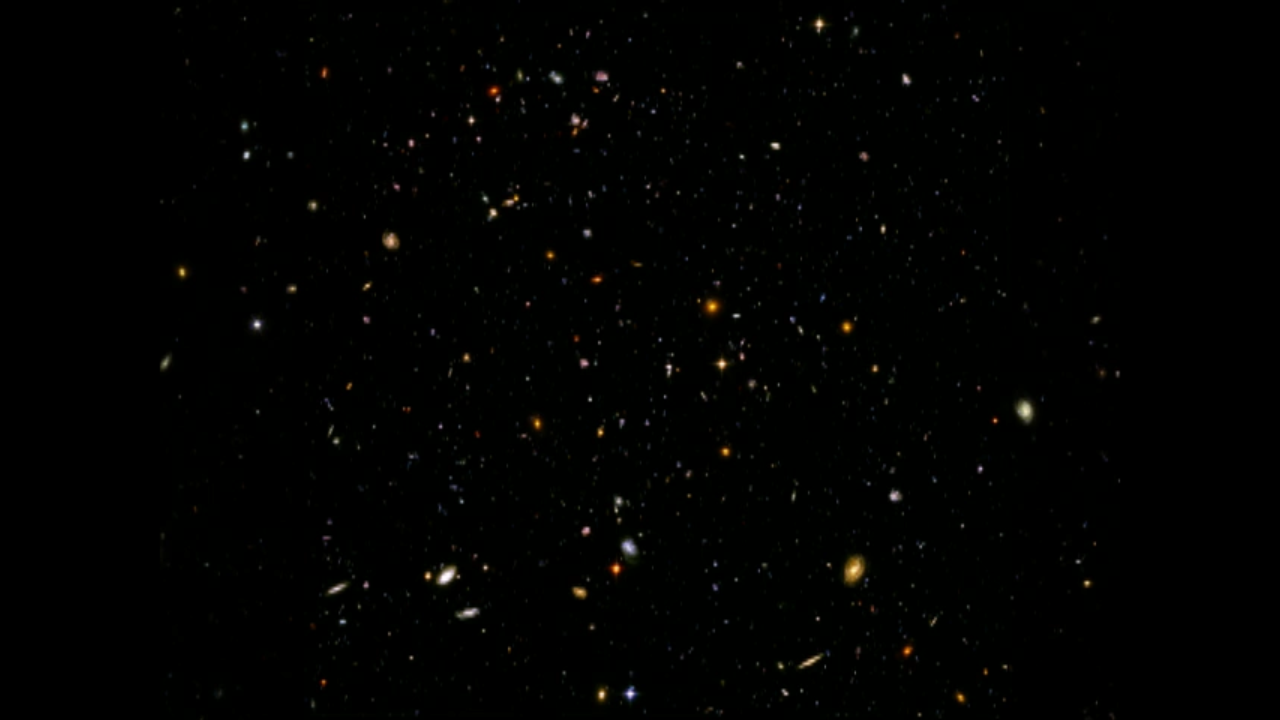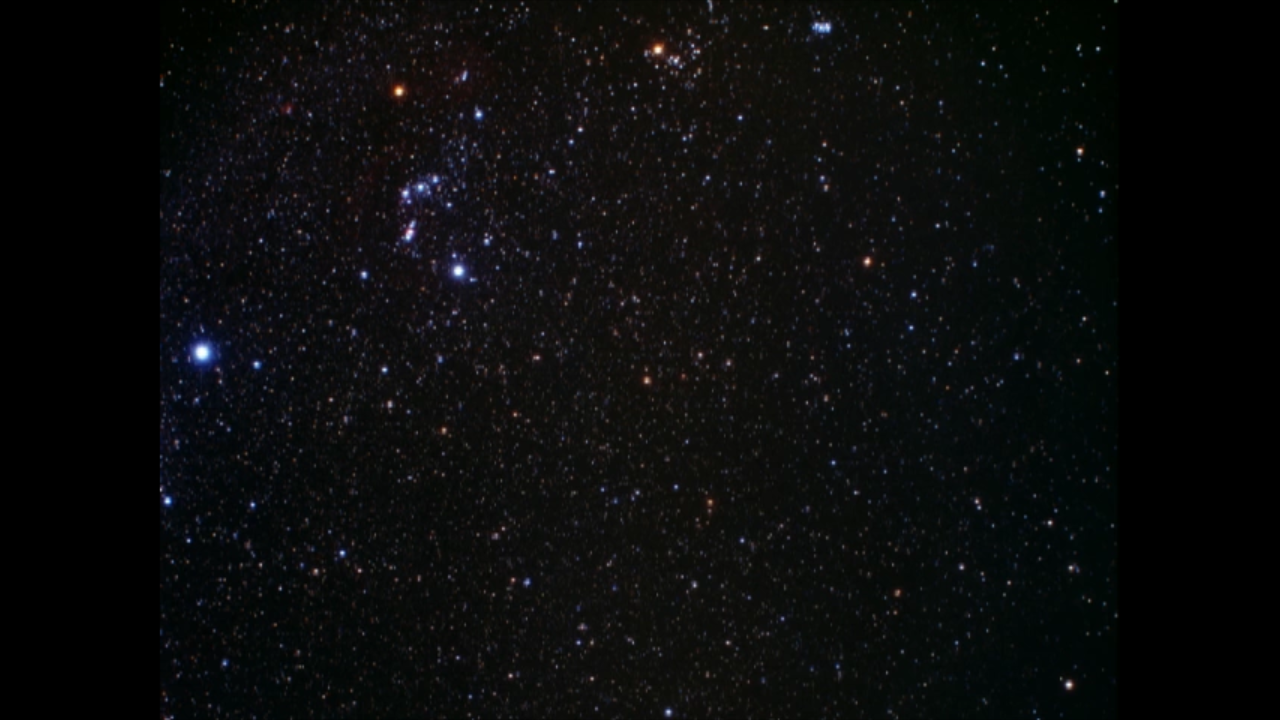1 min read
Hubble Ultra Deep Field Most-Distant Galaxy Candidates – Close-up 3

About the Object
- R.A. PositionR.A. PositionRight ascension – analogous to longitude – is one component of an object's position.03h 32m 39.99s
- Dec. PositionDec. PositionDeclination – analogous to latitude – is one component of an object's position.-27° 48' 0.0"
- Object NameObject NameA name or catalog number that astronomers use to identify an astronomical object.HUDF, Ultra Deep Field
- Release DateSeptember 23, 2004
- Science ReleaseHubble Approaches the Final Frontier: The Dawn of Galaxies
- Credit
Related Images & Videos
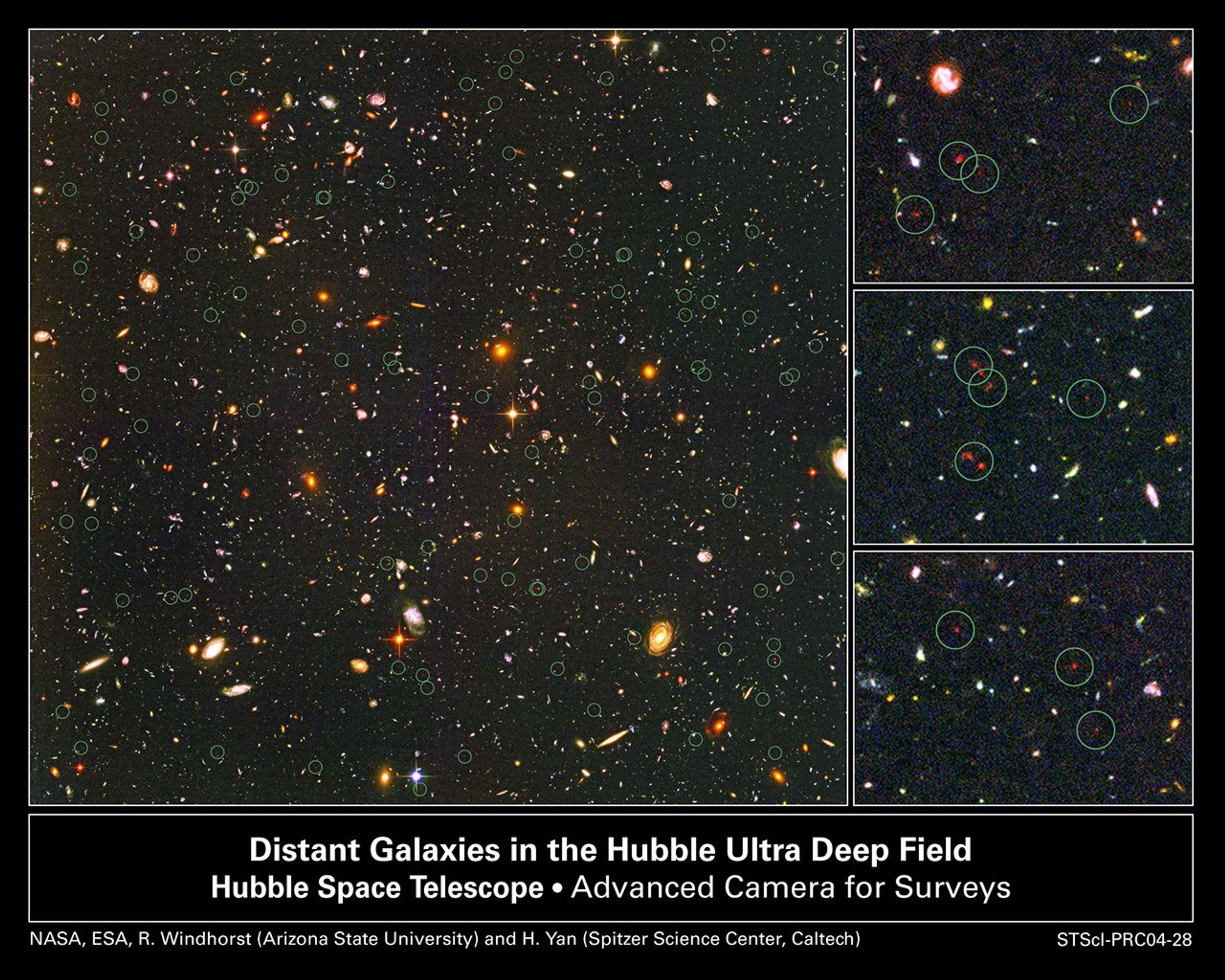
Farthest Objects Ever Seen Pinpointed in the Hubble Ultra Deep Field
Detailed analyses of mankind's deepest optical view of the universe, the Hubble Ultra Deep Field (HUDF), by several expert teams have at last identified what may turn out to be some of the earliest star-forming galaxies. The sensitivity of Hubble's Advanced Camera for Surveys...
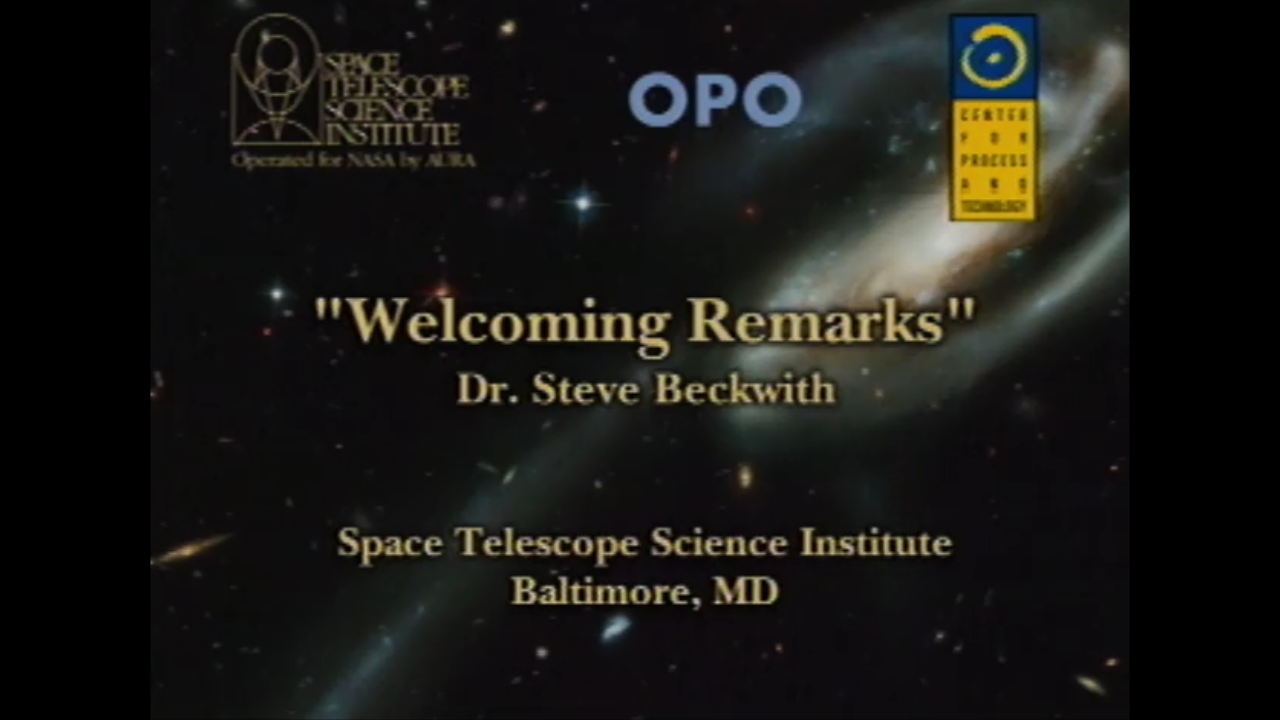
STScI Science Writers' Workshop (Webcast)
Space Telescope Science Institute hosted a workshop for science writers regarding early science results from the Hubble Ultra Deep Field. Five research teams analyzing the Ultra Deep Field presented their findings during a live webcast from 9am - 12pm (EDT) on September 23, 2004.
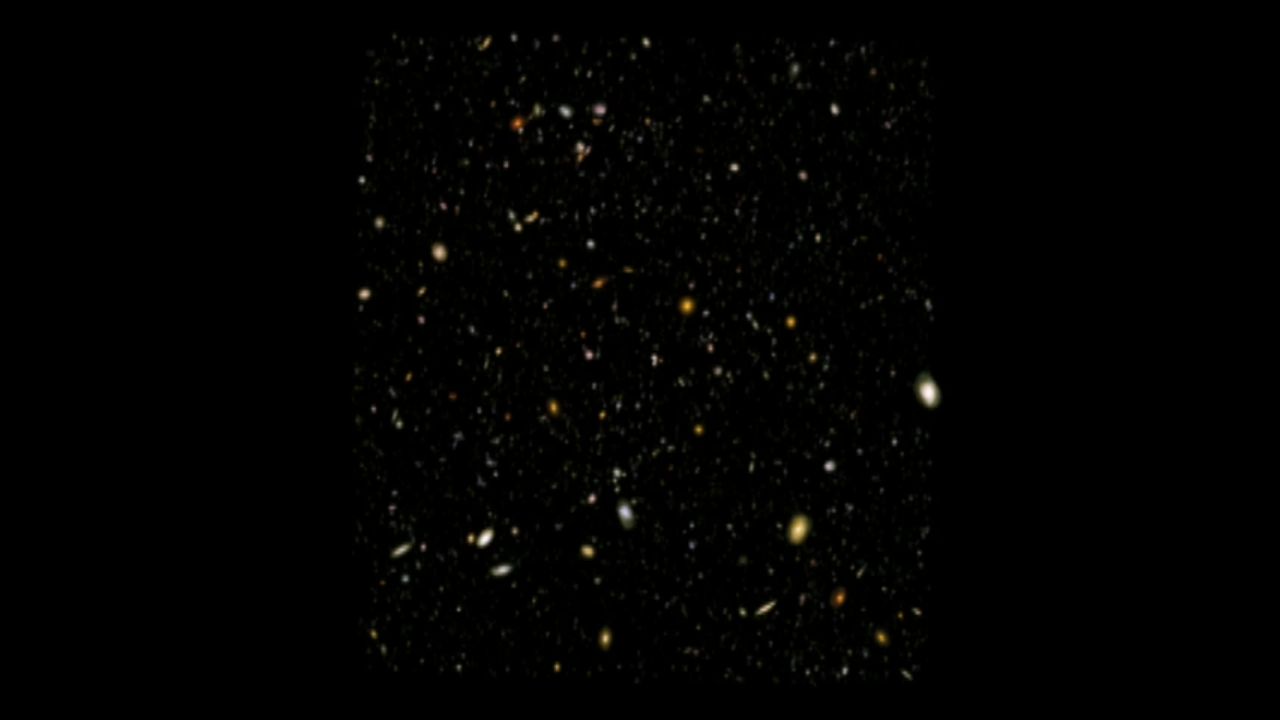
Hubble Ultra Deep Field 3-D Fly-Thru
A flight through the Hubble Ultra Deep Field, the most distant visible-light view of the universe. The redshifts of 5,333 galaxies were converted to distances to assemble a 3-D model of the data. This scientific visualization flies through the data to showcase its true 3-D...
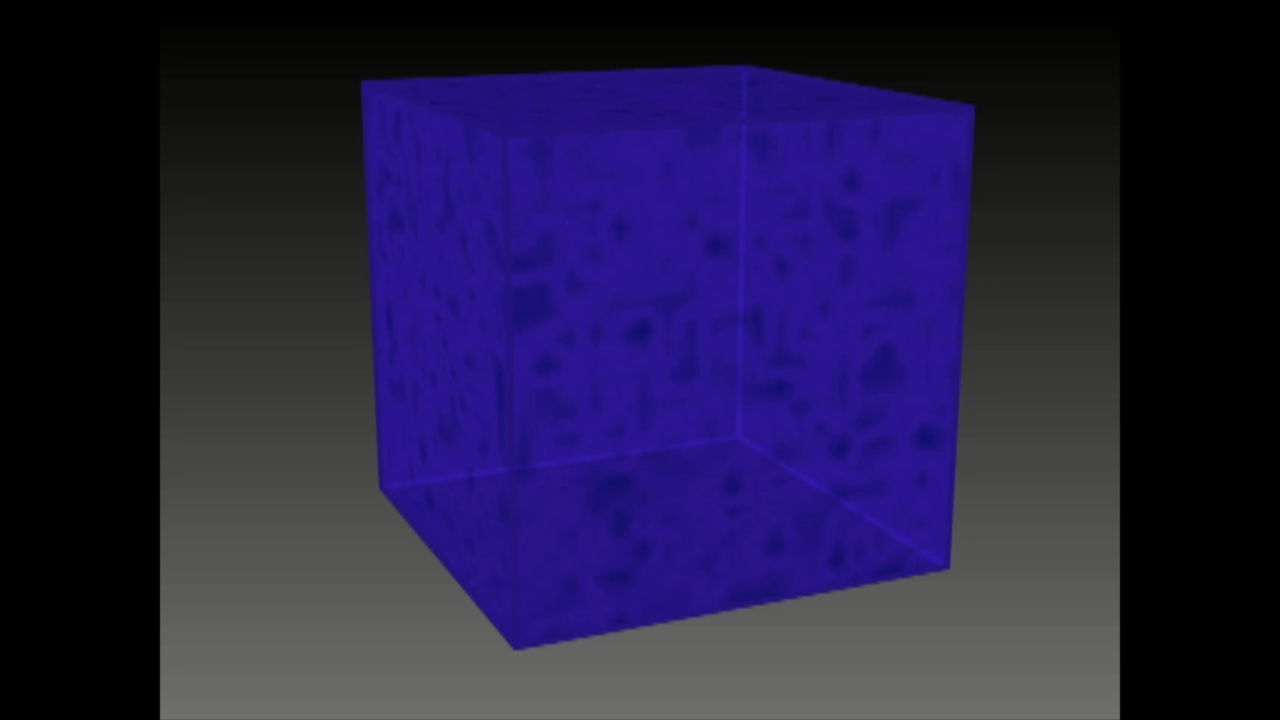
3-D Illustration: Cosmological Reionization Process
"The end of the dark ages": A 3-D illustration of the "Cosmological Re-ionization" process, which occurred shortly after the birth of the universe. The first stars formed and were able to re-heat hydrogen gas, turning it into transparent plasma. The first stars, grouped in...
Share
Details
Claire Andreoli
NASA’s Goddard Space Flight Center
Greenbelt, Maryland
claire.andreoli@nasa.gov






























